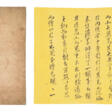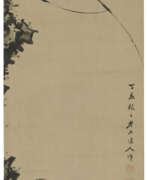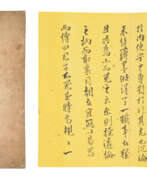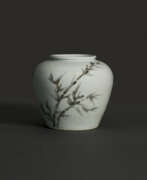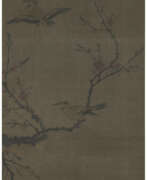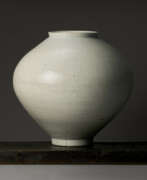Joseon dynasty
.svg.png)
Joseon dynasty
The Joseon dynasty, a Korean dynastic kingdom, reigned from 1392 to 1910, marking a period of profound cultural and artistic achievements. This era, known as Korea's longest-ruling Confucian dynasty, was characterized by a rich tapestry of art forms, deeply influenced by Confucian ideals and hierarchical values.
Artistic expression during this period ranged from exquisite screen paintings and ceramics to calligraphy and sculpture. Notable are the six-fold screen paintings, like the Sun, Moon, and Five Peaks, and chaekgado screens that symbolized scholarly pursuits. Ceramics, a pivotal Joseon art form, evolved with Buncheong ware and porcelain, reflecting societal shifts and tastes. The dynasty’s rulers, like King Sejong, were patrons of Buddhist art, showcasing the enduring influence of Buddhism in a predominantly Confucian society.
Today, the Joseon dynasty's artworks, housed in museums like the National Palace Museum of Korea and the National Museum of Korea, continue to fascinate art collectors and historians. Their legacy offers a unique glimpse into Korea's past, shaping contemporary cultural norms and artistic sensibilities.
For exclusive updates on art sales and auction events related to the Joseon dynasty, sign up for our newsletter. Stay informed about the latest treasures and historical artifacts that embody the essence of this remarkable era.
| Country: | Asia, Korea |
|---|---|
| Start of the period: | 1392 |
| End of the period: | 1910 |
